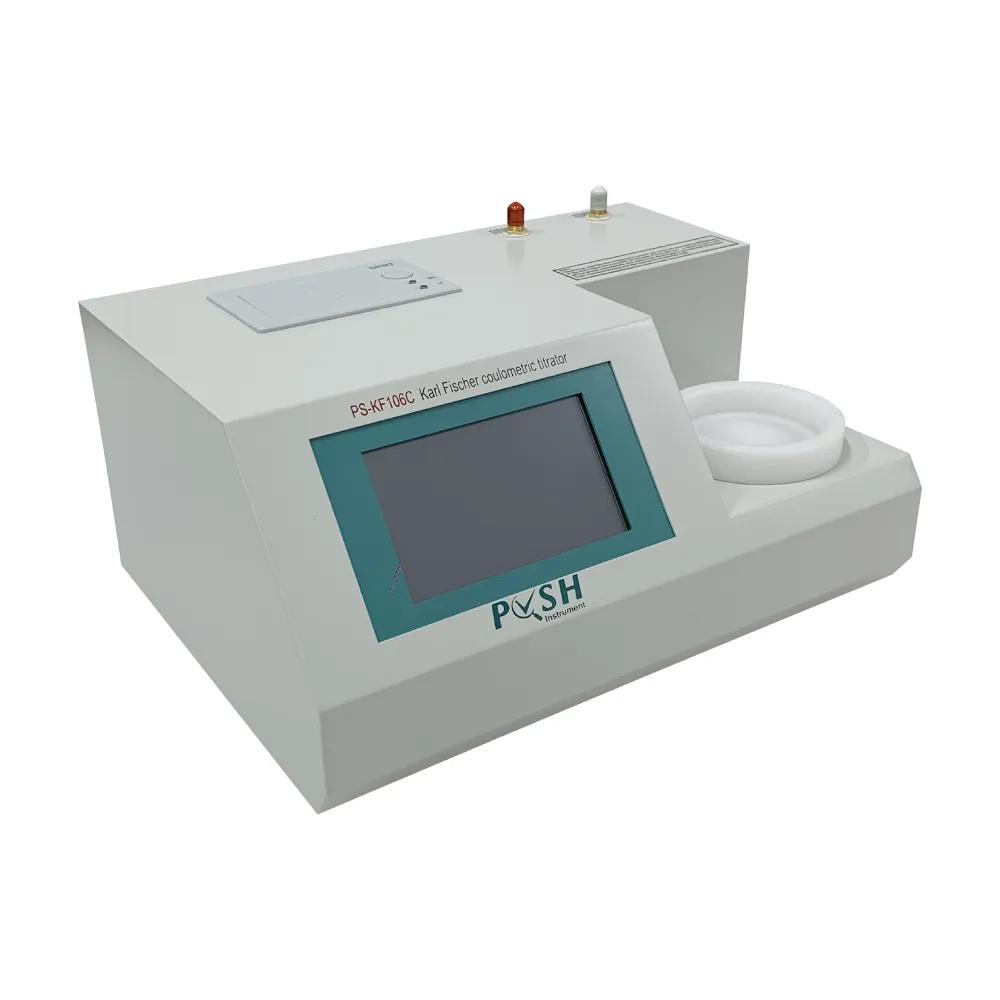 English
English


Testing and Commissioning Procedures for Transformer Systems and Equipment
Transformer Testing and Commissioning Ensuring Reliable Power Delivery
Transformers are critical components in electrical power systems, playing a vital role in voltage regulation and the safe distribution of electricity. The testing and commissioning of transformers are essential processes that ensure these machines operate efficiently and reliably throughout their lifespan. This article explores the importance, methods, and best practices associated with transformer testing and commissioning.
Importance of Transformer Testing and Commissioning
The primary goal of testing and commissioning transformers is to validate their performance and safety before they are put into service. Proper testing can identify potential defects, mechanical issues, or design flaws that may lead to failure, risk of accidents, or inefficient operation. By ensuring that transformers are functioning correctly from the outset, utility companies can minimize operational downtimes, reduce maintenance costs, and enhance the overall reliability of the electrical grid.
Testing Procedures
Transformer testing can be classified into several categories, including factory testing and field testing. Factory tests are typically conducted before the transformer leaves the manufacturing facility. These tests include
1. Winding Resistance Measurement This test checks the resistance of the transformer windings to ensure they are within specified limits, which can indicate proper connections and integrity of the winding insulation.
2. Insulation Resistance Testing This procedure measures the insulation resistance of the transformer, ensuring that the insulation is intact and can effectively prevent electrical leakage.
3. Power Factor Testing By applying voltage to the transformer, technicians can determine the power factor, which provides insights into the quality of the insulation and the potential presence of moisture or other contaminants.
4. Short-Circuit Impedance Testing This test evaluates the impedance of the transformer under short-circuit conditions, which is crucial for analyzing the fault current levels and protection settings.
transformer testing and commissioning

Field tests are carried out after the transformer has been installed on-site, typically before it is energized
. They often include1. Transformer Turn Ratio (TTR) Testing This measurement ensures that the turns ratio of the windings matches design specifications, which is essential for correct voltage transformation.
2. Sweep Frequency Response Analysis (SFRA) This test detects mechanical and winding displacements that may occur during transportation or installation, which could lead to operational issues.
3. Dynamic and Thermal Imaging These methods particularly focus on identifying potential overheating components and thermal anomalies that could indicate underlying problems.
Best Practices in Commissioning
During commissioning, best practices should be followed to ensure a smooth transition from installation to operation. This includes
1. Comprehensive Documentation Keeping a thorough record of all tests completed, results obtained, and any remedial actions taken is essential for future reference and compliance with industry standards.
2. Collaboration with Engineers Close coordination with engineering teams during commissioning helps to ensure that all design specifications and operational requirements are met.
3. Training for Operator Staff Proper training for onsite operators on the operational aspects and maintenance of transformers is crucial for long-term reliability and safety.
In conclusion, transformer testing and commissioning are essential to guarantee that these vital components of the electrical infrastructure perform effectively and safely. By adhering to standardized testing procedures and implementing best practices, utility companies can ensure better reliability and efficiency in power delivery systems.
-
Differences between open cup flash point tester and closed cup flash point testerNewsOct.31,2024
-
The Reliable Load Tap ChangerNewsOct.23,2024
-
The Essential Guide to Hipot TestersNewsOct.23,2024
-
The Digital Insulation TesterNewsOct.23,2024
-
The Best Earth Loop Impedance Tester for SaleNewsOct.23,2024
-
Tan Delta Tester--The Essential Tool for Electrical Insulation TestingNewsOct.23,2024





